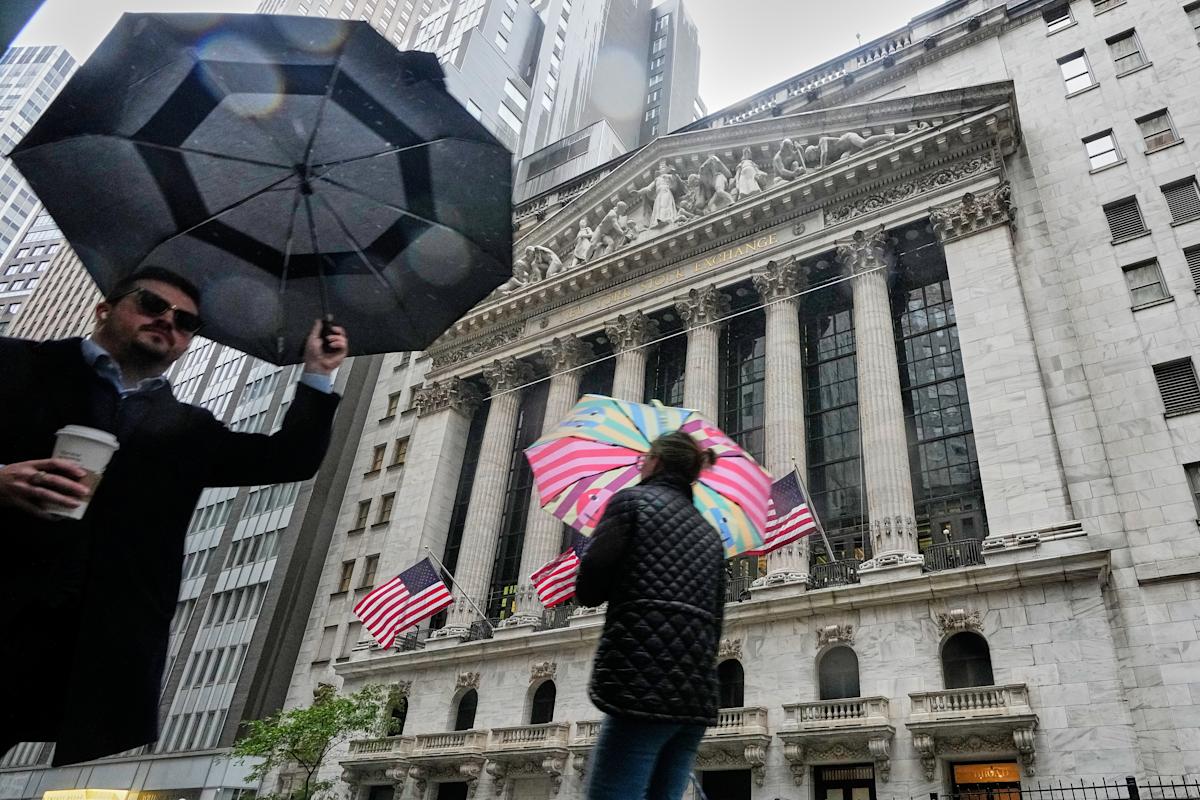Washington
—
President Donald Trump late Monday fired a top Federal Reserve official, Governor Lisa Cook, citing allegations of mortgage fraud. But for all his recent attacks on the Fed, Trump is unlikely to take what would be the nuclear option against the central bank — firing Chair Jerome Powell, whom Trump has slammed for not yet cutting interest rates this year.
Such a move would likely tank financial markets and deal a serious blow to the Fed’s independence from politics, which has helped it successfully fight periods of high inflation and high unemployment in past decades.
The fact Trump has fired Cook instead of Powell shows the president recognizes there are severe economic consequences to sacking the Fed chief – but it doesn’t mean Trump is completely backing off.
No US president has ever fired a Fed governor in the central bank’s 111-year history. But it’s true to form for a presidential administration that has not hesitated to push limits — up to a point.
Since the beginning of his second term in January, Trump has relentlessly attacked Powell for not lowering interest rates, lobbing personal insults like “moron” and “knucklehead” and threatening to fire him on several occasions.
But Trump eventually backed off from his threats to sack Powell after his advisers warned him of the sheer chaos in financial markets that could ensue if he were to do so.
Even the CEOs of big banks, such as JPMorgan’s Jamie Dimon and Goldman Sachs’ David Solomon, stressed why the Fed’s independence is so crucial during Trump’s unrelenting attacks against Powell. Firing the Fed chief would unsettle the entire financial world.
Compare that to Trump’s approach on tariffs, which investors have dubbed TACO, or “Trump always chickens out.”
In April, Trump unveiled sweeping tariffs on all US trading partners that most economists said would likely re-ignite inflation and cause economic growth to stagnate — the double whammy known as stagflation. The so-called “Liberation Day” tariffs spooked investors, with stocks taking a nose dive.
Trump eventually reversed course after the bond market started melting down, getting (as he put it) “yippy.” Falling bond prices means higher yields — as in, the United States would have had to pay investors more to loan the country money. That could have all kinds of negative consequences, including squeezing US government budgets.
Powell’s firing would be the equivalent of his massive tariffs from April. And while Trump may have an aggressive, unconventional approach to his presidency, he’s shown no desire to destroy the US economy.
Cook’s firing could still weigh on financial markets.
“Perhaps the more relevant outcome of a successful removal of Cook is that other governors could potentially be exposed to removal as well… this would add to upside inflation risks,” according to a JP Morgan note on Monday night, just hours after Cook’s removal.
But Powell’s firing would likely cause far greater reaction and could be a fatal blow to the Fed’s independence. Investors care about that independence because it means policy makers can set interest rates and take other steps based on what they see in economic data – not in political polls.
Economists on Monday night warned about the dangers of going any further down the road of a political takeover of the Fed.
“This is an attack on the institution,” said Just Wolfers, a University of Michigan economics professor.


